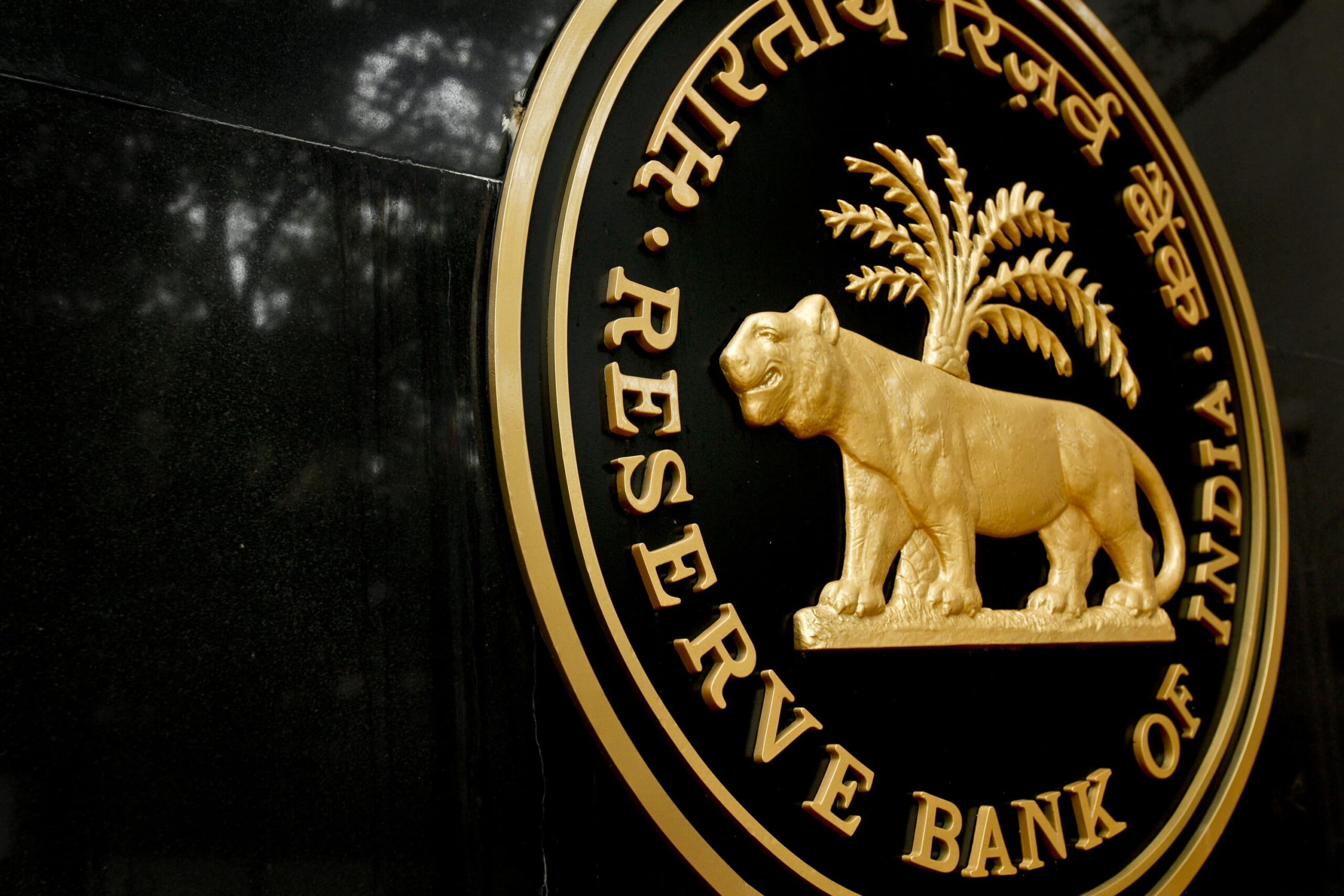Global: After the total doom in March, equity markets rallied 20%-30% from the lows. Unlike the previous bear markets when the response was delayed, this time the Central Bankers and Govts from different countries came out all guns blazing in March itself to avert the credit crisis. The scale of continuing monetary and fiscal measures is unprecedented but they are the need of the hour. We continue to monitor the spread of Virus globally. As of now, it seems that previously worst affected EU countries of Italy, Spain, France, Germany are opening up as they are seeing daily new cases peaking-out, (except for UK). Meanwhile, USA continues to remain the hotspot with increasing number of daily positive cases and fatalities.
The oil prices continue to remain low on the back of severe decline in the demand despite the production cut agreement by OPEC+. While the govts in most countries have decided to slowly open up the economic activities, the question remains in the mind of investors – how long this lockdown/slow-down will continue? India: While market still awaits the second stimulus package from Govt, RBI has thankfully continued with its efforts with new measures in April to ensure credit flows to small and lower-rated borrowers
• TLTRO 2.0 for INR500bn for on-lending to NBFCs and MFIs; INR500bn Special refinancing facility for agriculture, NBFCs and small industries
• Keeps rate cut option open in its forward guidance with fall in CPI inflation
• Regulatory measures to prevent a spike in NPAs and ease funding costs
On 12 April, banks had deposited ₹7,01,699 crore with RBI under reverse repo window, an increase of 1,655% over Feb. Clearly, RBI’s steps had a less than desired effect in providing adequate liquidity as risk averseness of banks is preventing them from lending. MSMEs are expected to be worst affected from the lock down/economic slowdown, which could lead to fresh wave of NPAs, in turn negatively impacting the banking system. Market Outlook: Three factors: 1. Covid19 new cases, 2. reversal of lockdown (intensity, duration) and 3.
The extent of fiscal support – are important to monitor. These factors are interconnected and will have its impact on GDP growth, credit cycle and corporate earnings growth. India has done reasonably well, so far, to control Covid19. Govt’s recent announcement to partial reopen from 03 May is also a step in right direction. RBI’s mention of “whatever it takes approach” is soothing and we expect further measures by RBI/govt to improve the liquidity conditions.
Market is hopeful of a fiscal package to reduce the negative impact on MSME sector as well as low-income household. We expect corporate earnings growth to be impacted severely in 1H and expect normalcy to start in 2HFY21. Macro factors like low inflation levels, global loose monetary policy resulting in lower interest rate for a reasonable time period are positive. While escalation of trade war (US-China), move towards protectionism resulting in lower world trade and geopolitical tensions are negative factors. It is futile to predict peak and trough of market.
We continue to remain focused on investing companies which are market leaders with strong balance sheet (low D/E) as these firms will not only survive the downturn but are rightly positioned to emerge stronger post current crisis.


